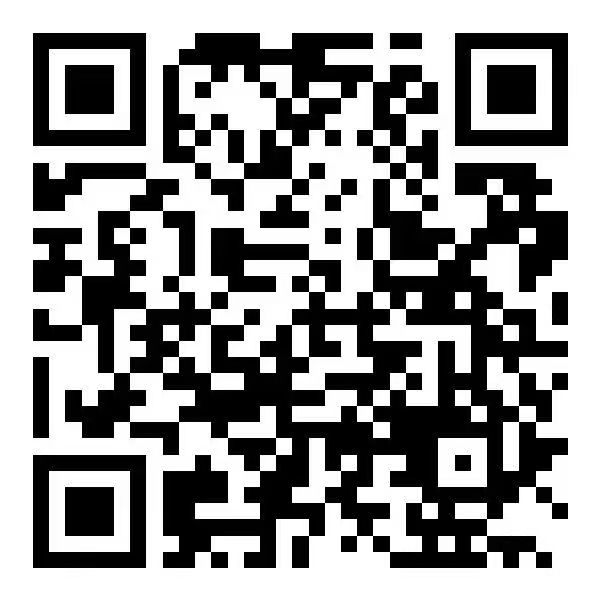GTI TD-LTE Carrier Aggregation White Paper_v5.1
Contents
Executive Summary
Terminology
1. The spectrum status of operators and Carrier Aggregation scenarios
1.1. Introduction to Carrier Aggregation
1.2. Summary of the spectrum status of operators
1.3. Operator requirements for Carrier Aggregation combinations
1.4. The main usage scenarios of CA
2. Principles of the CA technique and technical advantages
2.1. CA principles
2.2. Technical advantages of the CA technique
2.3. Evaluation of algorithms for scheduling and balancing symmetrical and asymmetrical traffic
2.3.1. Scheduling schemes in Carrier Aggregation
2.3.2. Load Balancing Algorithms in Carrier Aggregation
2.4. Determine best methodologies for mobility in a CA environment
2.5. Carrier Aggregation achieved fast load balancing
2.6. Supporting large CA UE capacity
3. The requirements and technique roadmap of TD-LTE Carrier Aggregation
3.1. Introduction of current Standardization Status
3.2. Standardization Roadmap
3.3. Introduction of Current Industry status
3.3.1. System Industry
3.3.2. Terminal Industry
3.3.3. Technique Verification
3.4. Requirement Roadmap of intra-band Carrier Aggregation
3.4.1. Downlink Intra-band Carrier Aggregation
3.4.2. Uplink Intra-band Carrier Aggregation
3.4.3. Summary of schedule for DL and UL intra-band CA
3.5. Requirement Roadmap of inter-band Carrier Aggregation
3.5.1. Downlink Inter-band Carrier Aggregation
3.5.2. Uplink Inter-band Carrier Aggregation
3.5.3. Summary of schedule for DL and UL inter-band CA
3.6. Priority of frequency band combinations
3.6.1. Support for lower channel bandwidths
4. Field Trial Verification Results
4.1. Field Trial Verification Results for Further Downlink Carrier Aggregation
4.1.1. Background and Necessity of Three-Carrier Aggregation
4.1.2. Standard-Defined Three-Carrier Frequency Band Combinations
4.1.3. Trial Three-Carrier Verification Results of a Commercial Network
4.2. UL CA Commercial Field Tests
4.2.1. Test Contents and Objectives
4.2.2. Test Environment
4.2.3. Basic Configuration
4.2.4. Test Results
4.2.4.1. Rate Test for a Single User at a Fixed Point
4.2.4.2. Handover Success Rate Test
4.2.4.3. Cell Throughput Test
4.2.4.4. Downlink CA Performance Test
5. Dual Connectivity –An Alternative Approach
5.1. DC deployment scenarios
5.2. Principles and Technical Advantages
5.3. Industry Status and Roadmap
6. Dynamic TDD -LTE
6.1. Introduction to Dynamic TDD
6.2. Motivations and Objectives
6.3. Usage scenarios
6.3.1. Single layer (small cells) scenarios
6.3.2. Two layer scenarios
6.3.2.1. Co-channel
6.3.2.2. Adjacent channel
6.3.3. Single layer (Macro cells) scenarios
6.3.4. Summary of performance evaluation
6.4. Interference mitigation schemes
6.4.1. Scheduling Dependent Interference Mitigation (SDIM)
6.4.2. Cell clustering interference mitigation (CCIM)
6.4.3. Interference mitigation based on eICIC/FeICIC schemes
6.4.4. Interference suppressing interference mitigation (ISIM)
6.5. Methods to support different time scales for TDD UL-DL reconfiguration
6.5.1. Methods for reconfiguring UL-DL configuration
6.5.2. Candidate solutions of UL-DL configuration signalling mechanisms
6.6. Requirement Roadmap of Dynamic TDD
7. Summary
GTI TD-LTE Carrier Aggregation White Paper_v5.1

